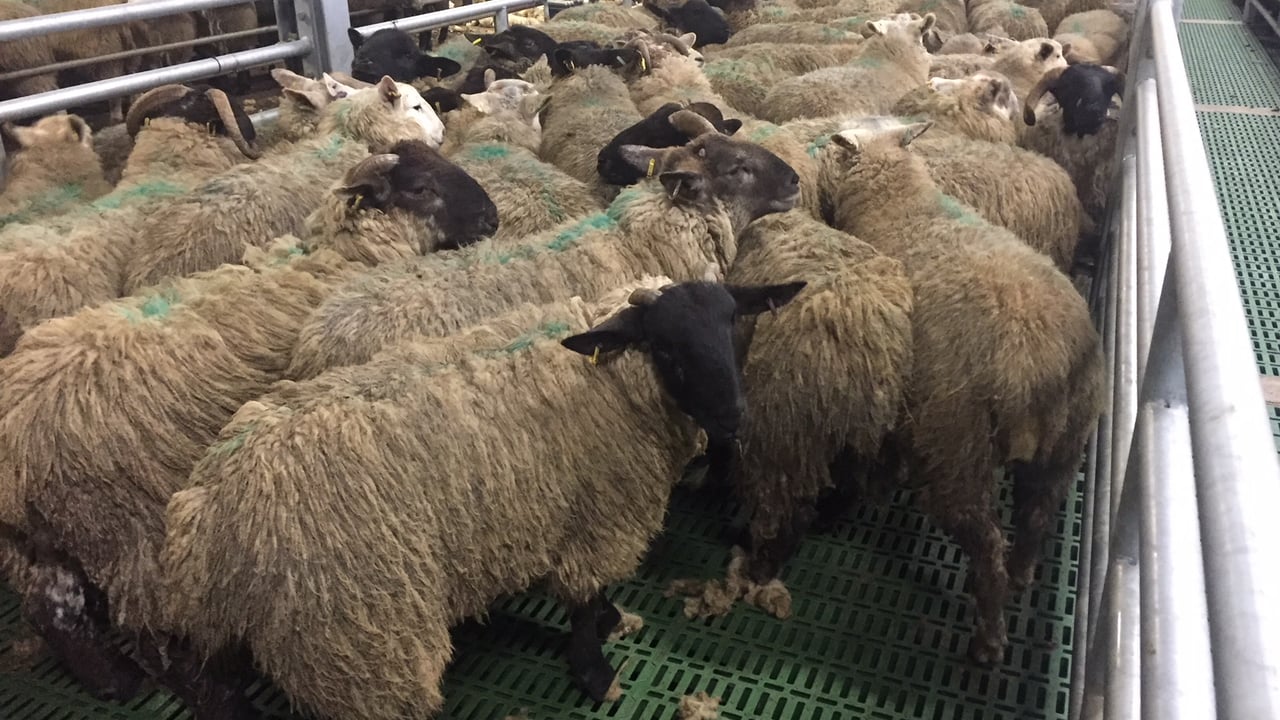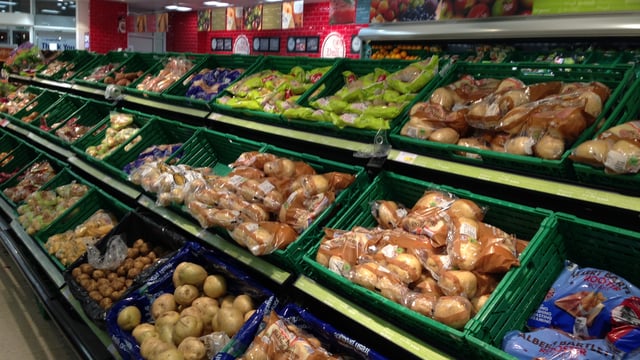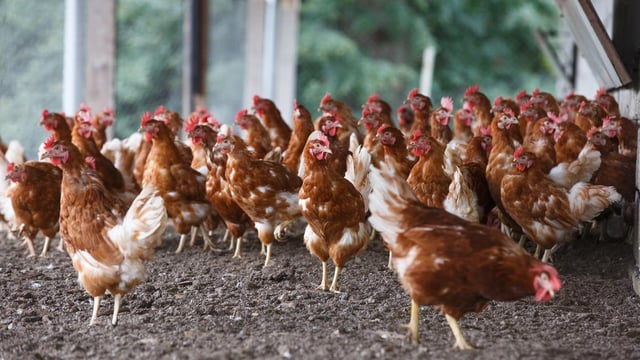Clean Livestock Policy back in the limelight
With ground conditions getting soft and heavy, and rainfall becoming more frequent, the issue of lambs becoming dirty is, and will continue to be, a problem over the coming months.
This issue is likely to arise when lambs are housed in sheds.
Sheep that have dirty/soiled fleeces are in danger of not meeting the Clean Livestock Policy (CLP) regulations that were implemented in 2016 by the Department of Agriculture, Food and the Marine.
Some factories are sending warnings out about dirty sheep, with one factory going as far as to say that sheep that are presented dirty will be "sent home" and advising to "dag any dirty tail ends" before sending them to the factory.
The CLP for sheep was introduced in 2016 and it’s a three-category system. Under the policy, sheep are classified as being satisfactory (Category A), acceptable (Category B) or unacceptable (Category C).
It was introduced to “significantly improve performance in relation to the cleanliness of incoming sheep” to DAFM-approved slaughter plants.
Category A
Category B
Category C
To help reduce the risk of sheep falling into the latter category – Category C – the DAFM offers farmers the following advice:
In the gallery below, more examples of Category A, B and C sheep are displayed.
Click on a thumbnail in the gallery to open up a full-size image; once opened you can scroll sideways to see the next picture.





